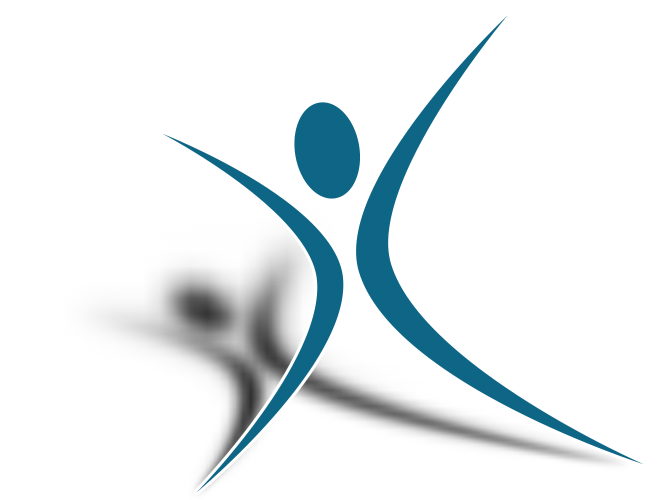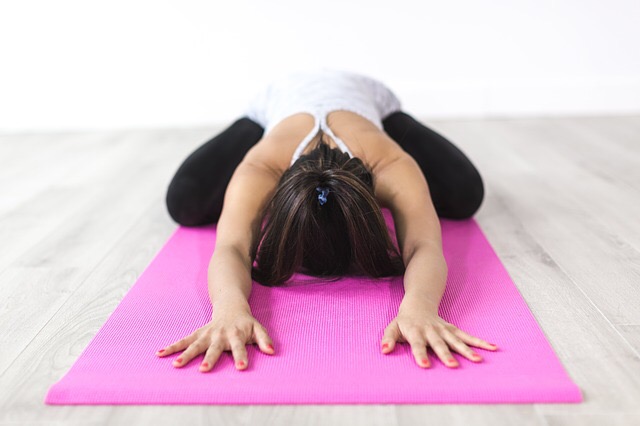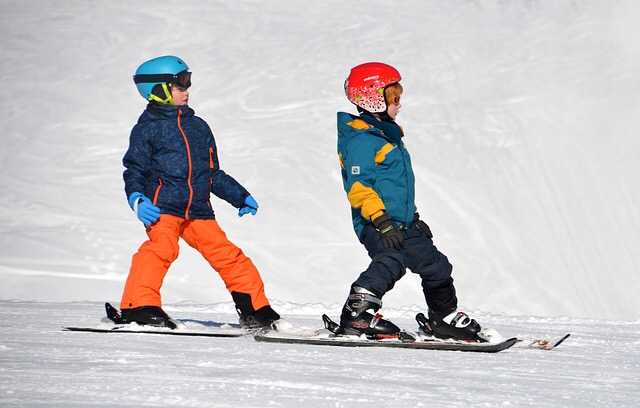Posts by Dr. David Basco
Chiropractic for Cervicogenic Headaches
A lesser-known, but nonetheless potent form of headaches
The cervicogenic headache receives a smaller portion of the spotlight than migraines or tension headaches, which are thought to affect up to one out of every six adults in the United States. The American Migraine Foundation defines a cervicogenic headache as a secondary headache- that is, caused by another condition. In this case, the headache’s source is derived from a disorder in the cervical spinal segment, where there is a complex relationship between spinal bones, spinal nerves, intervertebral discs and soft tissues. Let’s dive a little deepr into the causes of cervicogenic headaches.
The Power of Cervical Traction
What is cervical traction?
Traction is a natural modality that affords your spine the opportunity to decompress at whatever level tension is accumulating. With cervical traction, we focus on releasing tension from neck muscles and alleviating the pinched nerves which cause so much stiffness and pain. At our office in Alameda, we use specialized tables to gently stretch the spine and provide a targeted decompressive effect. But you can reproduce a similar effect on a daily basis- if you find that you consistently leave work with a sore, stiff neck, then cervical traction should be the first thing you do when you get home.
Muscular and Fascial Tension Go Hand in Hand
What’s all the buzz over this freaky word Fascia?
Have you ever wondered what keeps all your organs and muscles in place? Well, that’s the fascia- a thin layer of densely wound connective tissue, mostly collagen, that surrounds, stabilizes and connects every organ, muscle and structure in your body. It allows for the articulation of all the different moving parts in your body by reducing friction and preventing them from simply sliding into each other. The fascia has recently come into the spotlight as an area of focus for the medical community because of its role in systemic tension. The truth is, we can’t live without the fascia, but it causes problems and pain for many of us.
The Almighty Fetal Position
Sleeping fetal feels right
No matter some estimates say that as many as 40% of adults in America prefer this position for sleeping each night. At least they aren’t sleeping on their stomachs- which most experts agree is the worst sleep position for the spine. On the flip side, sleeping on your back is recommended by most back care experts, including our office at Bay Area Spine Care Office. Chances are, no matter what anyone tells you, you are going to select the sleep position that feels the most comfortable, even if that happens to be on the stomach. But it is possible to train yourself into preferring a different position- it just takes a spark of awareness and a flame of discipline. So here’s the spark:
The Importance of Lengthening Your Spine
A road map of spinal compression
It happens like this: when we were born, the downward force of gravity began working on our spines; as we grew older, our spines naturally became less resilient; we became less active and started working more and the strength, stability and support for our spines became less; we began to sit more and never gave posture a passing thought. One day, we wake up and realize that our back has been aching since, “I don‘t know when.” This is the typical story for many a person who suffers from chronic back pain- the forces of compression are winning out against your poor, weak intervertebral discs. So what can we do to start fighting back? Focus on spinal decompression.
Turn Up the Comfort During Your Pregnancy
A successful pregnancy is one that puts the comfort of the mother first
That’s because the more comfortable the mother, the greater her uterine function, and the more space there is for healthy development of the child. In this sense, we have to redefine our parameters of comfort and change the troped conversation that has prospective mothers worrying about the back pain, headaches and nausea that are deemed an integral part of pregnancy. Chiropractic is helping to flip the script when it comes to pregnancy by prioritizing the comfort and wellbeing of mother and child. Numerous studies have pointed to the following benefits of chiropractic during pregnancy:
- Maintains spinal alignment and balances an unstable pelvis
- Mitigates nerve interference and allows for optimal uterine function
- Controls symptoms of nausea
- Relieves joint pain throughout the body, especially in the lower back where tenderness tends to accumulate
- Allows for sufficient space for the baby to develop
The end result is a pregnancy that accounts for the mother’s changing body, helping her to feel less discomfort and allowing for healthy in-utero development of the baby.
A Nightly Action Plan for Sore, Stiff Necks
Nothing is worse than leaving work with a stiff, sore neck
It is rubbing salt in the wound of a hard day‘s work. That hard day’s work is so conducive to neck pain: whether you sit for a living or have a more labor intensive job, the neck still has to support the weight of your head. The average adults head weighs 10-13 pounds, and this weight is increased exponentially with poor posture. Unless we are proactive about caring for our necks, the actions we pursue after work are likely going to reinforce the stiffness.
Where Did My Posture Go? And How to Find it Again
90% of posture is awareness
Look at it this way: we all know to sit up straight, to avoid slouching and slumping, to keep our shoulders back and our heads up. But our bodies are fickle creatures and, from a young age, posture becomes a subconscious struggle. When we are young, our spines are more resilient and we are generally more active. The real problems begin when we get that first office job and are faced with hours per day in front of a computer screen. Our bodies mold to our jobs, and our lifestyles, and unless we take good care to be proactive about posture, it will get the best of us.
Sports Injuries are Surprisingly Preventable
It’s been said that every setback leaves behind a path to make your comeback
But what if we could avoid that setback in the first place? As athletes push their bodies to new extremes, they leave themselves vulnerable to a host of injuries which threaten to derail their momentum. Our job as an office of chiropractic is to keep the chance of such an injury as low as possible. At our office in Alameda, we have helped hundreds of athletes from the whole spectrum of sports to specialize and strengthen their bodies against the risk factors of their chosen sport. We do this by identifying and correcting the underlying causes of injury which lurk in all of our bodies.
Chiropractic Starts Your Child’s Spinal Health on the Right Path
Back into the womb: spinal development reimagined
Unwind all the layers of pain and stiffness that have accumulated through the years and imagine a time when you were free to run unencumbered by the burdens of back pain. As a child, you can perform a seemingly unlimited range of motions with little potential for pain; naturally, the majority of us take such a blessing for granted. Without the guidance and discipline of our parents to keep us proactive about our spinal health, we reach adulthood without the awareness we need to take care of our spines. Our spines begin to degenerate, however slowly, and we are ill-equipped to deal with the pain and dysfunction that sets in. So let’s imagine this system differently: through the eyes of your child.










